Vincent Debiais begins his article ‘Allusion and elusion: writing on the Cloisters Cross’ on what it materially means to combine writing and image with Ragnahilda’s cup from Ep. 4.8. Published in Word & Image, Volume 39, Issue 1 (2023).
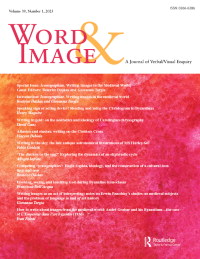

Vincent Debiais begins his article ‘Allusion and elusion: writing on the Cloisters Cross’ on what it materially means to combine writing and image with Ragnahilda’s cup from Ep. 4.8. Published in Word & Image, Volume 39, Issue 1 (2023).
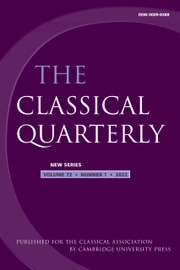
Just out in first view: Giulia Marolla, ‘Who Was Sidonius’ Correspondent Simplicius? An Identification Problem in the Letters’, Classical Quarterly FirstView 30.03.2023.
Abstract
This article presents, as a case study, the various inconsistencies which occur in the prosopographical entries concerning Simplicius, one of Sidonius’ most frequent addressees. Through the exegesis of passages of letters addressed to him (Epist. 3.11, 4.4, 4.7, 4.12, 5.4) and of passages believed to concern him (Carm. 24.89; Epist. 2.9 and 5.7), it argues for a revision of the common identification of Simplicius as brother of Apollinaris and Thaumastus, and for a re-evaluation of the sources which supposedly lead to this conclusion. Some cautionary remarks on the unchecked use of prosopography as a tool are followed by a hypothesis concerning the identity of this addressee of Sidonius.
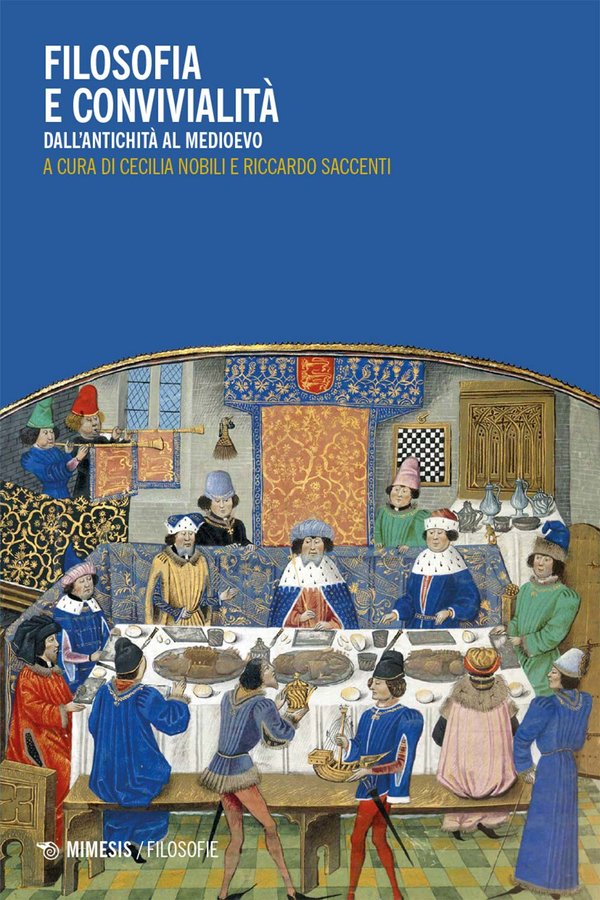
Amedeo Raschieri writes on ‘Poesia, musica e convivio tra Sidonio Apollinare, Cassiodoro ed Ennodio’, in: Cecilia Nobili and Riccardo Saccenti (eds), Filosofia e convivialità dall’antichità al Medioevo, Milan: Mimesis, 2023, 147-67.
From Sidonius, Ep. 9.13.
Sample Academia here
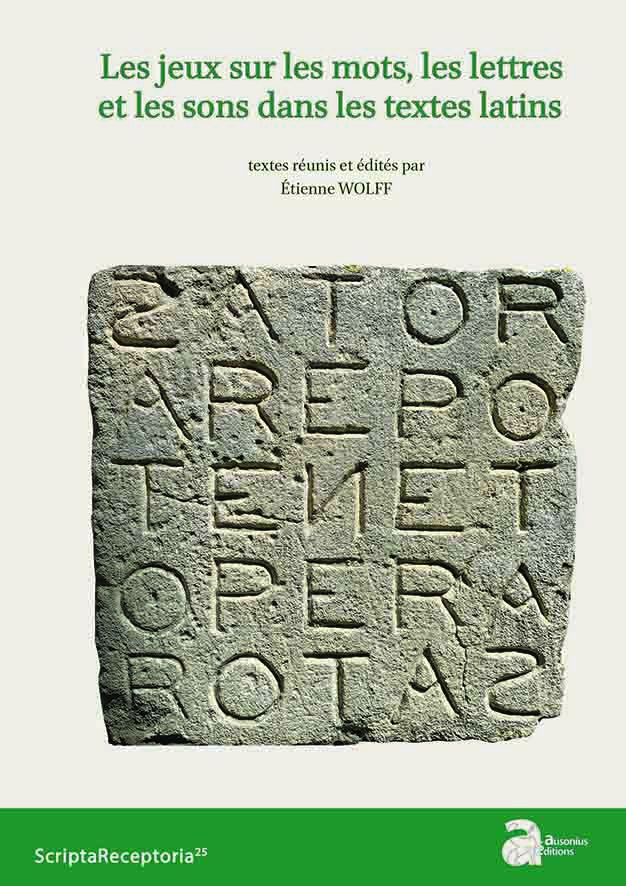
Recently published: Alice Leflaëc and Céline Urlacher-Becht, ‘Le détournement du texte biblique dans les épîtres de l’Antiquité tardive (IVe-VIe s.): modalités et limites du jeu’, in: Étienne Wolff (ed.), Les jeux sur les mots, les lettres et les sons dans les textes latins, Bordeaux: Ausonius, 2023, 323-50.
Discusses Paulinus of Nola, Sidonius Apollinaris, Ruricius of Limoges and Ennodius of Pavia.
Catalogue here (open access).
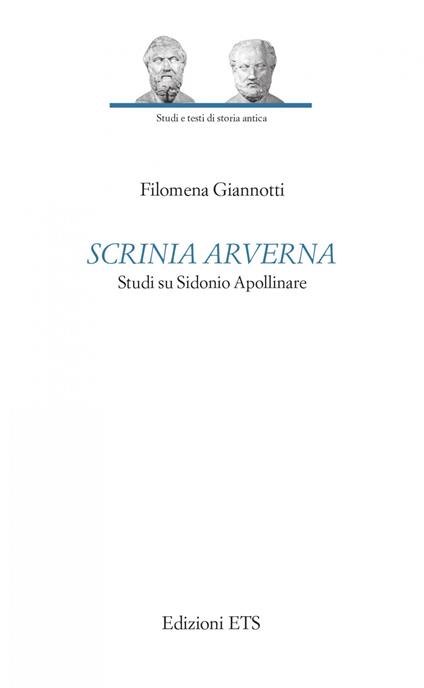
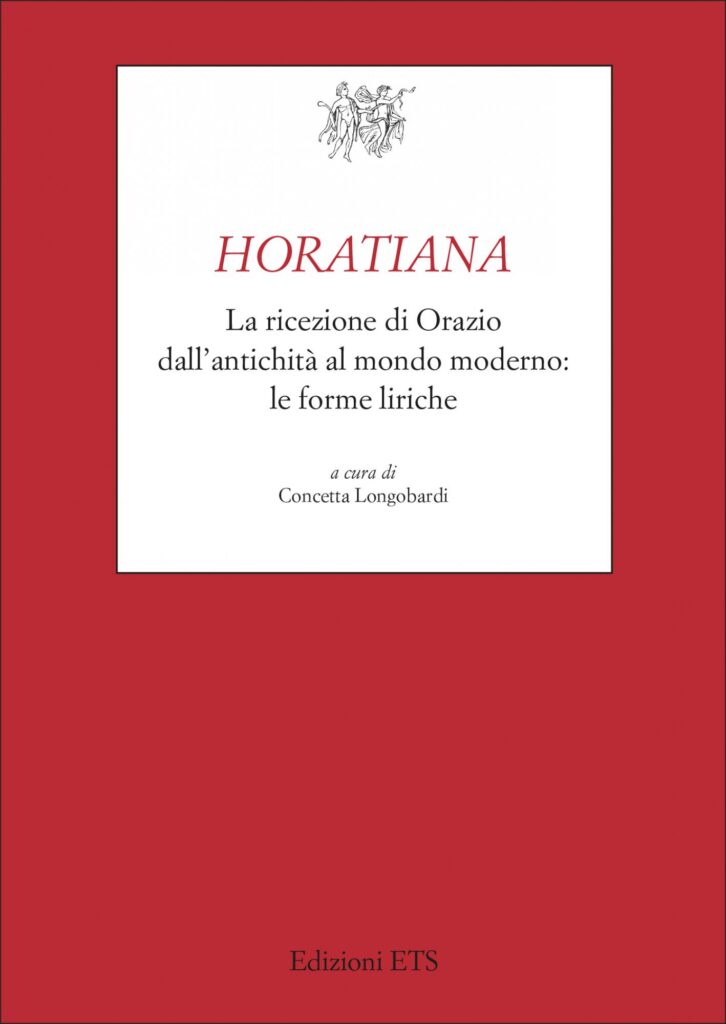
Sara Fascione contributes ‘Secundum regulas Flacci. Orazio e il ritorno alla metrica nell’epistolario di Sidonio Apollinare’ to Concetta Longobardi (ed.), Horatiana. La ricezione di Orazio dall’antichità al mondo moderno: le forme liriche, Pisa: ETS, 2022, 91-103.
In the same edited volume, Luca Mondin in ‘I metri oraziani nel quadro della polimetria tardoantica’ (pp. 11-62) has also much to say about Sidonius.
In the publisher’s catalogue
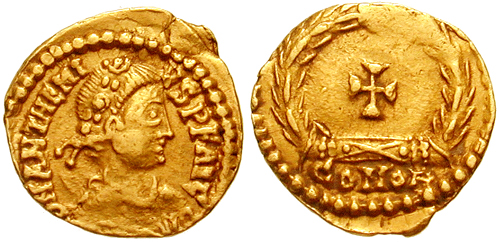
Fabrizio Oppedisano edited a dossier ‘Poesia, potere e la fine di un impero. Il Panegirico di Antemio’ in Rivista di filologia e di istruzione classica 150 (2022) 425-521. It comprises:
– Onorato, Marco, ‘L’elogio della paideia di Antemio come manifestazione culturale’, pp. 427-55
– Consolino, Franca Ela, ‘Mito e politica nel Panegirico di Antemio’, pp. 456-77
– Oppedisano, Fabrizio, ‘La voce di Enotria e la solitudine di Ricimero’, pp. 478-98
– Roberto, Umberto, ‘Furores Caucasei: Sidonio Apollinare e l’alterità culturale e politica dei Vandali’, pp. 499-521.

Marzia Fiorentini (University of St Andrews – Sapienza Università di Roma) passed her viva with the PhD thesis ‘Tyrants in Late Antiquity: A Rhetorical and Historical Analysis of Claudian and Sidonius’, supervised by Roger Rees and Gianfranco Agosti.
Abstract:
The following thesis is a historical and rhetorical investigation of tyranny in the fifth century CE. The main focus of the work is Claudian (ca 370-404) and Sidonius (430-486), coupled for their literary and rhetorical kinship and for the similar role as panegyrists which they held in the Western court, between the rule of Honorius (395-423) and Anthemius (467-72). The historical introduction and the first chapter offer an analysis of different late-antique sources (both in Greek and in Latin), aiming for a definition of the differences between the labels of usurpator and tyrannus in the political vocabulary between the fourth and the fifth century. The central chapter moves, then, to the analysis of Claudian’s poems in hexameters, where the tyrannus does not correspond to any of the usurpers who rebelled during Honorius’ reign, but rather identifies with Stilicho’s political enemies: Arcadius’ minister Rufinus, the eunuch Eutropius, and the comes Africae Gildo. Such a new use of the label tyrannus determines a neat shift from its employment as a typical label for usurpers (as was still customary in the fourth century) to its vituperative use against a political enemy. Claudian’s scapegoats are characterised as tyranni and opposites of all Roman values who threaten the cosmic order granted by the concordia fratrum between Honorius and Arcadius, heading the Western and the Eastern court respectively after the death of their father Theodosius I. In Sidonius’ panegyrics to Avitus, Majorian, and Anthemius, analysed in the third chapter, Sidonius recovers Claudian’s mould of the tyrannus and adapts it to vituperate the new fearful enemy of the empire, i.e., the Vandal Gaiseric. Gaiseric is demonised in terms very similar to those used by Claudian against the African Gildo. While encouraging an enervated Romanitas to fight together (in the joint military effort of Anthemius and Leo I) against the new tyrannus, Sidonius attaches this political label to a barbarian aspiring to defeat and conquer the whole empire.

Jennifer Budd (Macquarie University) concluded her research master with the thesis ‘Maerendo pauca: Lament in the Letters of Sidonius Apollinaris’, November 2022.
Abstract and download here

Peter Kruschwitz, ‘Notions of Barbarians and Barbarian Lands in the Latin Verse Inscriptions’, Medieval Worlds 16 (2022) 163-94. Pp. 179-81 deal with barbarians in Sidonius’ epitaph.
|
The article is in open access: download here.